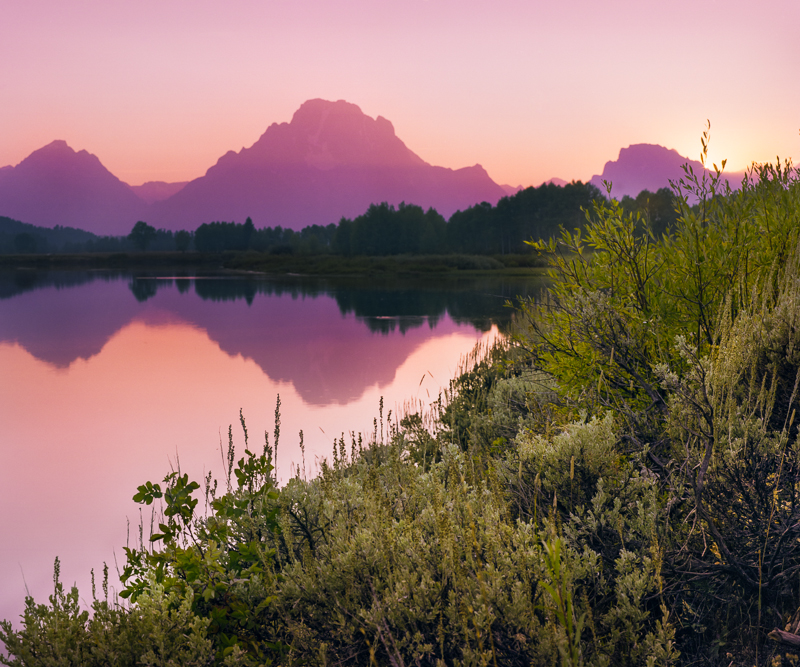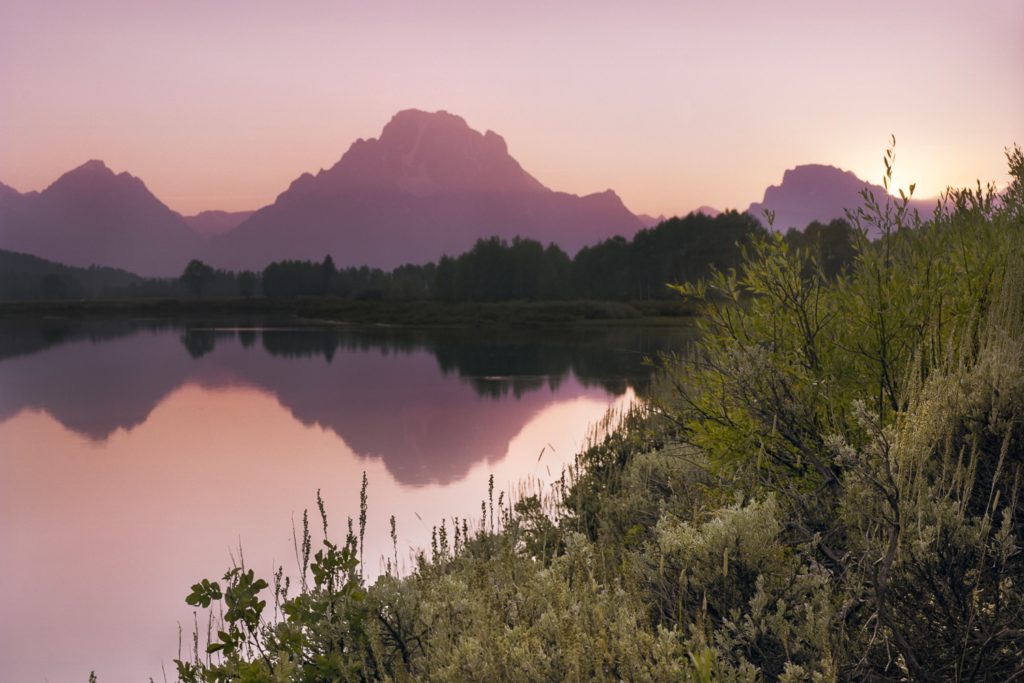
I want to talk about something that, in the broad scope of all we are dealing with in our modern culture, isn’t that important. But still, whenever we see bias raise it’s ugly head, shouldn’t we speak up?
The bias I’m referring to is that held by art snobs (or are they?) who have yet to accept that a photograph can be a form of art. I truly believe these folks are the exception and not the rule, but in my own little sphere of creating photographs intended as art, I see this bias far too often. So I say “Time to get real, folks.”
As Kathleen Brussard at the Art Institute of Chicago says in the related link (below): ““It’s an interesting moment. Earlier generations were struggling to have photography taken seriously. We’re way past that now.”
In its most visible form, the bias against photography as an art form takes shape in the exclusion of the medium of photography in art shows. Here’s a recent example from one of the most popular art shows in the northern Virginia area:
“..The following mediums are accepted:PAINTING – DRAWING – SCULPTURE ETCHING – WOODWORKING – GLASS. We cannot accept fiber arts, photography, furniture, and crafts at this time due to space limitations.”
Clearly the sponsors of this popular show consider photography to be in the same category as “crafts” and “furniture.” And “space limitations” is just another way of saying “your medium is not important enough to devote any wall space to it.”
My other pet peeve is when I see distinctions being made between “artists” and “photographers,” like “We accept artists and photographers,” or “we exhibit art and photography.” Really?? I get the feeling that those who make such distinctions really don’t respect photography as an art medium, but they have to include it in their agenda (whatever that happens to be), and thus add photography reluctantly, and separately. It would be different if they said “painters, watercolorists, illustrators, and photographers,” but they don’t, they say “artists and photographers.” That’s like saying “cooks and pastry bakers,” or “musicians and clarinet players.”
For the most part, and most clearly in what I call the sophisticated art world, photography as an expressive art form is unquestioned today. But getting this acceptance did not come automatically.
Almost as soon as photography was invented in the early 1800s, the debate began whether the rather mechanical process of making photographs could be considered an art form or not. At that time, the question was “could” a photograph be expressive (i.e., artful). That question had to be answered first. After all, most paintings aren’t considered art either. But the question of whether painting could be expressive was never under debate; clearly it “could be.” Acceptance of this new fangled invention called photography as an expressive art form required evolution, and time.
While many early photographers took the path of straight portraiture and documentary photography, others took the path of creating pictures of highly expressive subjects, Notable among them were Julia Margaret Cameron and Henry Peach Robinson. These early pictorial photographers purposely created images specifically to gain acceptance in the European art world. The pictorial photographers were successful, and by the late 1800s, art exhibitions and galleries began including photographic prints in their art exhibits, lending credence to the claim that photographs could, in fact, be expressive art. So, the question “could photography be an expressive art form?” was really laid to rest over 100 years ago.
Aside from its many uses to merely document the human experience through the decades since photography began, it is clear that photography today is an accepted art medium. Photography has kept pace with, and in some cases led, breakaway art movements throughout the 20th Century. Today almost any well-known and respected museum has sections dedicated solely to photographic art; and there are a number of museums and galleries dedicated specifically to art photography. Photography has stood its ground in the art world for decades, and it’s time for the 21st Century art snobs to realize that fact.
So, why is there a residual bias against photography as an art medium. To be categorically excluded from an art show merely because my chosen medium relies on a camera is akin to a painter being excluded because they use a pallet knife instead of brushes. That almost never happens in general Calls for Art (“Oh, we’re sorry, we only accept paintings on linen”), and it shouldn’t happen to photographers. Camera-based art can be every bit as expressive as any painting or illustration. And that’s an opinion shared by the most sophisticated art galleries and museums on the planet.
One reason why art snobs today might be reluctant to accept photography as an art form is the same reason given in 1888. In that year, Kodak introduced its consumer-grade camera that put photography in the hands of every man, woman, and child who could click a shutter. If everyone can do it (i.e., take a photograph), then it can’t be art, right?
Well, we can just as appropriately say that giving a brush to someone doesn’t make them a painter, either. The tool doesn’t create the art, the artist does.
I know that the state of photography today, with billions of digital images being shared on the internet by every Tom, Dick, and Harriet, can easily give an artful person cause to ask the question about photography as an art form. Personally, I find that 99.9% of the photographic images I see day in and day out are far from what I would describe as “expressive.” So we have to ask the right question, don’t we? CAN making a picture yield something that is expressive? The answer is definetly yes, but, like most paintings, most photographs are far from being expressive and artful.
The art world in general is well beyond asking if photographs can be expressive; clearly they can be. Any measure one uses to judge acceptance of photography by art collectors proves this. Photographs often sell in the millions of dollars and in my experience, galleries and art shows in which photographs are allowed compete very well with oils, watercolors, or any illustrative artworks.
Instead of excluding the medium of photography from art shows and instead of making false distinctions between “artists” and “photographers,” it’s time for art snobs to give the medium of photography the respect it deserves. Let the artistic talents of one who uses a camera stand on his/her own merits, just as you allow those who pick up a brush or pen.


